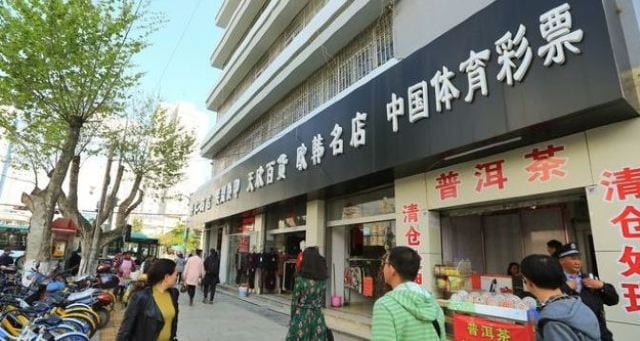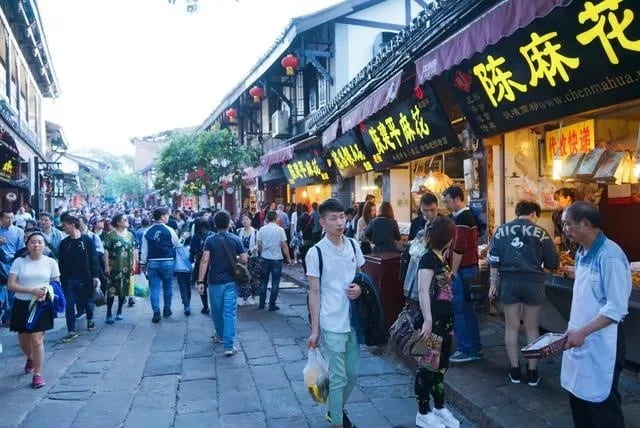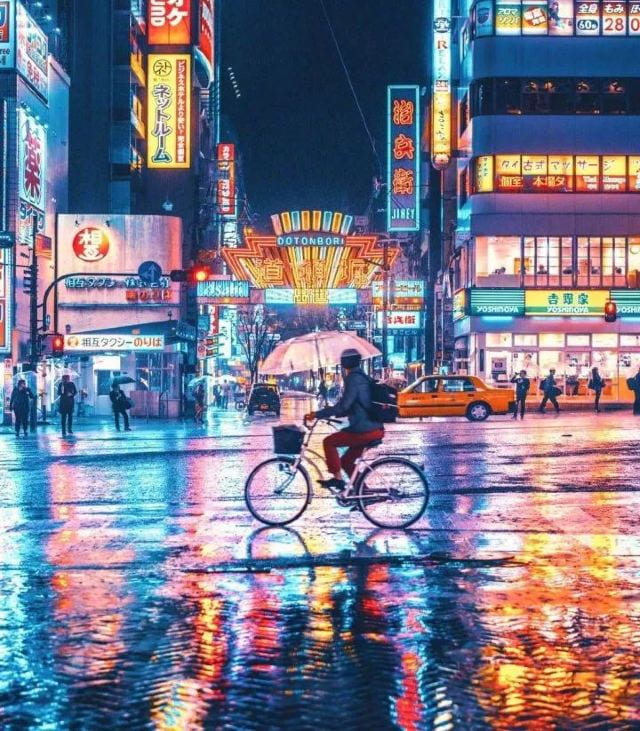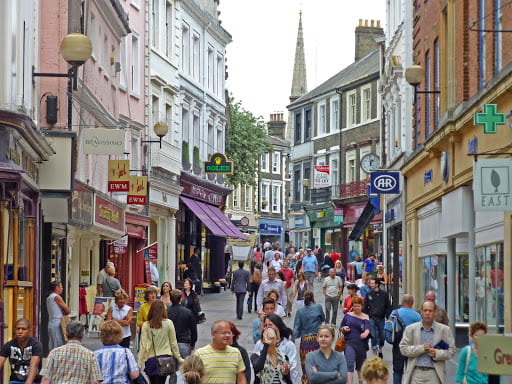local shopping streets are not only the visible face of a neighborhood; they are vital elements of the city’s soul.
In the article Global Cities, Local Streets: Everyday Diversity from New York to Shanghai, the author Zukin and others gave a high evaluation of the local shopping streets. Anyone who has strolled in the shopping street should have experienced it: it is the shop’s sign and its exterior decoration to make us to stay and even walk into the store. Zukin and others also wrote that local shops can reflect the living conditions of the local people, and even allow people to have a better understanding of the local social class and economic conditions. I very much agree with this statement, because I believe that the shopping street is a display of external strength, and his signature can also reveal the personality of the store and even the shopper, thus shaping a unique city.
However, what I regret is that in China, this “signature culture” is being constantly undermined by the intensifying “consistency and standardization”. Until now, many times we cannot see the local characteristics from the signboards and the sidewalks of the shopping street.
In 2018, Xishan District, Kunming City, Yunnan Province, China, to improve the streetscape, stipulated that the signboards of many street businesses in the area must be unified, either “black text on a gray background” or “white text on a black background”, and even the font should be consistent. After the sign was replaced, some residents complained that the black background with white characters is a bit like a funeral, not very attractive.

After this, several districts have successively started the same “renovation of streetscape” activities, and “renovation” is actually the implementation of a uniform streetscape, requiring the same font, color, and size of signboards. The signs of “black and white”, “yellow and green” and “red and green” are frequently released.
Even in some ancient towns (old streets) that need to highlight the unique culture and history of China, the signboards have become a unified style under the request of the government.

Behind these signs, the souls of cities are disappearing, and we can attribute these to a kind of “formalism” peculiar to China.
The government’s reason for replacing these lights is to win a place in the “National Civilized Cities” selection. The selection indicators of civilized cities include the following aspects: city appearance, citizen morality, traffic awareness, etc. The first one is the rigid requirements for the appearance of the city. Therefore, “unity” has become the simplest and most practical unified aesthetic.
The underlying reason for this over-respect of uniformity is precise that the decision-makers ignored the characteristics of each store behind the lights and signs, and cut off the cultural genes of the shopping street. We can use the commercial street scenery of some other places in the world as a comparison.
Japan
In the streets of small cities in Japan, the traditional design of light boards, signboards, and advertising flags are still preserved. Although these advertising signs are scattered everywhere, they are not messy. Moreover, it has relatively spacious sidewalks and clean ground, making the street appear delicate.

At the same time, in the bustling urban area of Tokyo, the design of Japanese commercial street billboards is world-renowned for its scientific and technological lighting effects, reflecting a futuristic cyberpunk style. It can be seen that the street design and light signs in Japan reflect the local cultural characteristics.

Hong Kong, Macau & Taiwan
The billboards in Hong Kong and Macau are characterized by neon lights and bright colors, adding to the sense of life and human touch of the shopping street. Local signboards have also been the subject of film scenes many times and have become the city’s business card.

United Kingdom
UK rarely use outwardly extending designs. Due to the architecture, the signboard of the merchandise store is not very conspicuous as in Japan or HK. But one characteristic is that many will set up a colorful sloping shed to emphasize their image, thereby attracting and retaining customers to taste the food.

Eliel Saarinen once said: “Let people see your city, and they can tell you what the residents pursue in culture.” So, what kind of culture are we pursuing? The design of billboards and store exterior is not only reflecting the economy but also reflecting the unique culture. The store is not just a store, but a business card of the city. While it affects outsiders’ perception of residents, it also affects residents subtly—a dim, soulless, and ruled street will not allow people to fully display and preserve their unique soul.
Leave a Reply